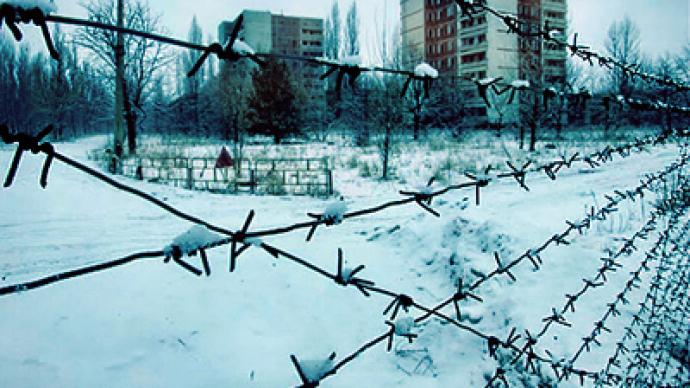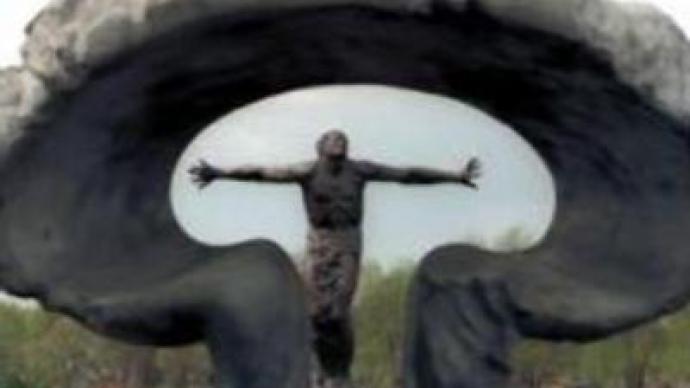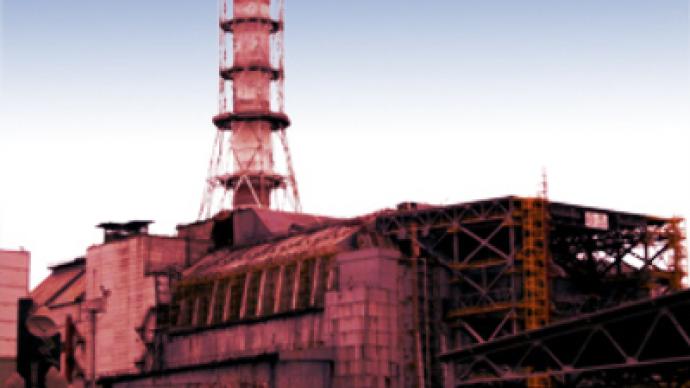After a quarter of a century, radioactive particles still cover the Chernobyl exclusion zone making the land, abandoned after the catastrophe, uninhabitable.
Exactly 25 years ago the now ghost town Pripyat in Ukraine was a bustling scene. It was a role model of a perfect town in the former USSR and it was also one of its biggest secrets. Towns like Pripyat were called “atomograd” or nuclear city and they were restricted, with only personnel and their families, security and military servicemen living there.Nowadays, Pripyat is a part of the Chernobyl exclusion zone. It is believed to be very unsafe to live there in terms of radiation level.When the explosion at Chernobyl nuclear power plant happened on April 26, 1986, nobody knew what was going on in the very first hours. The local authorities set up a security checkpoint on a bridge connecting the nuclear power plant and the closest town of Pripyat to prevent anybody from leaving the city and entering the contaminated area.There is a lot of misperception and misunderstanding concerning the levels of radiation in the Chernobyl area and how dangerous it is there. Many speculate that the radiation in the zone can kill a human being within minutes or even seconds. The reality is that in the center of Pripyat the background radiation is about 145 micrororentgen per hour which is five to seven times more than the generally accepted norm. In some parts of the ghost city it rises to as much as 320 micrororentgen, ten times the norm, but even this radiation is not enough to damage somebody’s health, not to mention kill.But there are spots in the zone, usually covered with layers of moss that work like a radioactive sponge, where the radiation is even higher. However, even those spots are said to only be a health threat if you were to sit down there for a week. Still, 25 years after the fallout, radioactive particles cover the Chernobyl restriction zone and are expected to remain there until the end of time, with the land never to be fit to live on again.Chernobyl photo gallery made by RT's Aleksey Yaroshevsky.



